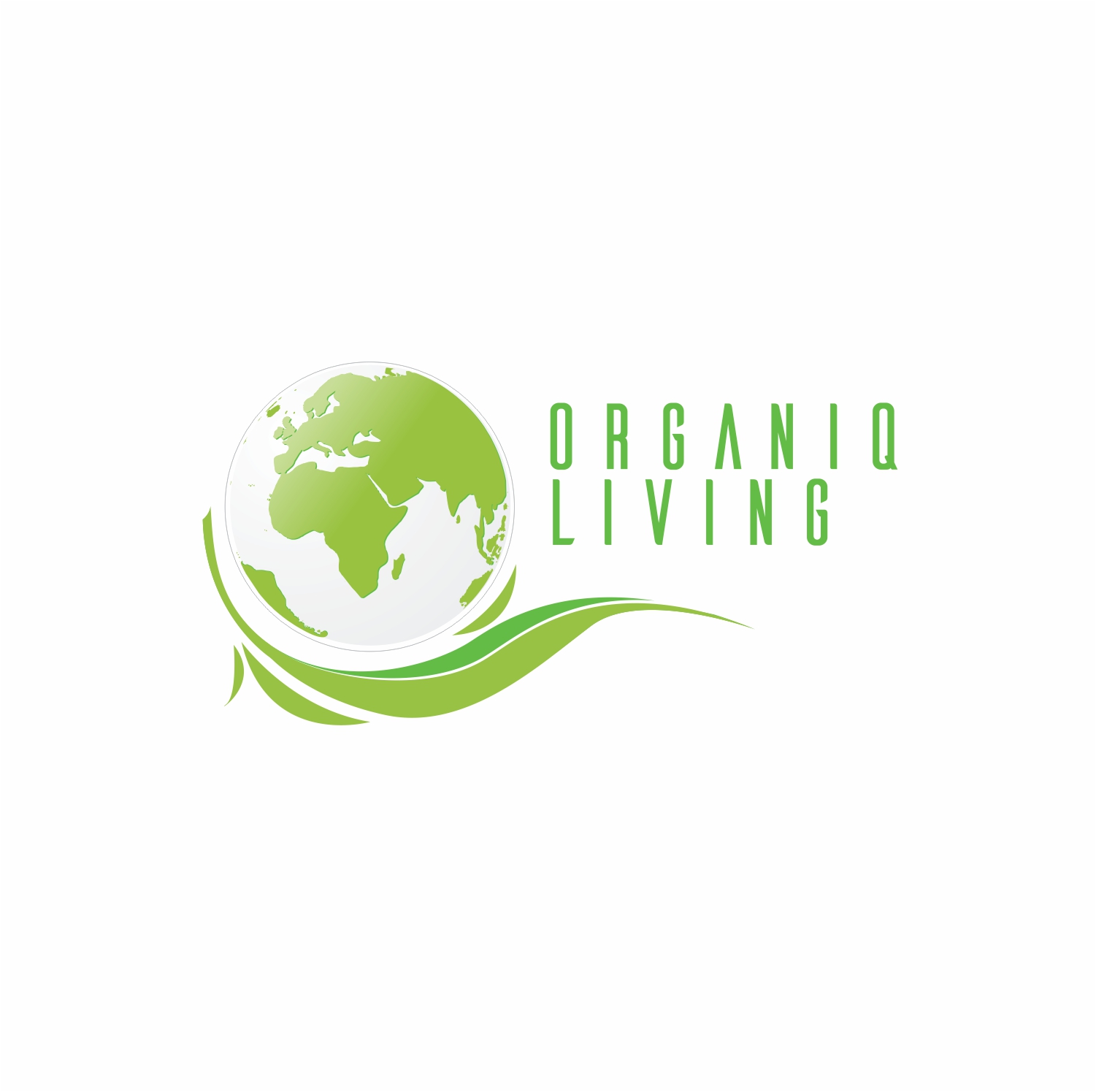Understanding the Power of Soil: Choosing, Treating, and Preparing for Planting 🌱
- Pooja

- Sep 23, 2024
- 3 min read
Gardening success starts from the ground up—literally! Soil is the foundation of any healthy garden, and understanding the types of soil and how to treat them is essential for thriving plants. Whether you're starting a small herb garden on your balcony or looking to expand your greenery, choosing and preparing the right soil will give your plants the best chance to flourish.

1. Types of Soil & Their Uses
There are a variety of soils to consider, each with unique characteristics suited for different plant types:
Sandy Soil: Quick to drain and ideal for plants that don’t like waterlogged roots, such as cacti or lavender.
Loamy Soil: Known as the best all-rounder, loam is a mix of sand, silt, and clay, offering good drainage and nutrient retention. Perfect for most garden plants.
Clay Soil: Holds onto nutrients but can become waterlogged. It's best for moisture-loving plants like irises.
Each type of soil has its benefits and specific uses, so knowing your plant’s needs is key to choosing the right soil.
2. Why Organic Soil?
Using organic soil can significantly boost the health of your plants. Unlike chemically treated soils, organic soil is full of beneficial microbes that help break down nutrients and provide natural resistance to pests and diseases.
Here are some benefits:

Improved Water Retention: Organic materials hold moisture, reducing the need for frequent watering.
Nutrient-Rich: Organic soil contains natural compost that continuously feeds your plants.
Eco-Friendly: Free from harmful chemicals, organic soil helps protect the environment while supporting healthier plant growth.
3. How to Treat Soil Before Planting
Proper soil preparation is essential for giving your plants the best start. Here's how to treat your soil before planting:

Remove Weeds and Old Roots: Before planting new seeds, it's crucial to clear the soil of any weeds and leftover roots. Weeds and old roots compete with your plants for vital nutrients, water, and sunlight, which can stunt the growth of your new plants.

Aerate the Soil: Loosen the soil by turning it over with a shovel or fork. This increases airflow to the roots and encourages better drainage. Clean, fresh soil provides a healthier growing environment and allows your seeds to establish strong roots without competition.
Amend the Soil: Mix in organic compost or soil conditioner to enrich the soil with nutrients. This step is especially important for plants that require fertile soil, such as tomatoes or leafy greens.
4. Dealing with Pests & Bugs in Soil
Before planting new seeds, it's essential to rid the soil of any unwanted pests that may harm your plants. Here's what you can do:
Handpick Larger Pests: Remove visible bugs like beetles or worms.
Soil Solarization: For a natural pest removal method, cover your soil with a clear plastic sheet for 4-6 weeks in the hot sun. This helps to kill off pests, weeds, and harmful bacteria.
Natural Pesticides: Consider using organic solutions like neem oil to get rid of smaller pests such as aphids and root-knot nematodes.
5. Getting Ready for New Seeds
Once your soil is treated and bug-free, you're ready to plant! Here are a few tips:
Soak Seeds: Pre-soaking your seeds for a few hours before planting helps speed up the germination process.
Plant at the Right Depth: Ensure you plant seeds at the recommended depth based on the type of plant.
Water Lightly: Use a spray bottle for the first watering to avoid washing away your seeds.
With the right soil, preparation, and care, you'll see healthier plants that thrive in their environment!
Happy Gardening!






How does paraphrasing tool free online assignment help improve writing?
Paraphrasing tool free online assignment helps improve writing by rewording content while maintaining the original meaning. It enhances clarity, eliminates redundancy, and ensures a smooth flow of ideas. This tool helps students improve their vocabulary, sentence structure, and grammar, making assignments more professional and polished. Additionally, it prevents plagiarism by generating unique content, ensuring academic integrity. By refining writing style and coherence, it boosts the overall quality of assignments. BookMyEssay provides expert academic support alongside such tools, helping students create high-quality, plagiarism-free content. Their guidance makes paraphrasing tool free online assignment help even more effective for academic success.